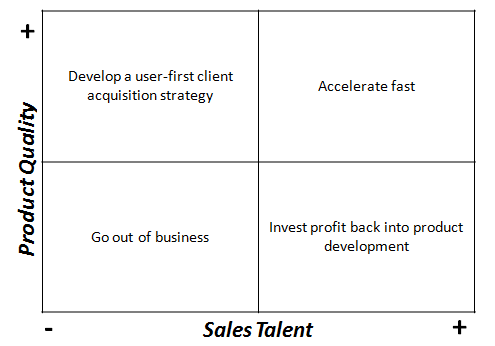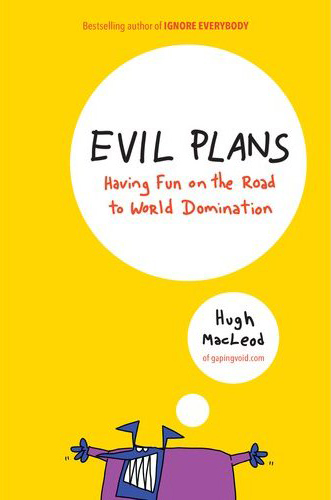The "I'm Here" Rationale
In the offline world, once you get a customer into your store there’s generally a good chance that you’re going to get them to buy.
They took the time to drive to the store, park, get out of the car and walk inside. There’s a negative feeling of wasted time if they don’t buy something. So if your store doesn't have the best price or best selection the consumer is still likely to buy: “well, this shirt isn't perfect, but I’m here, I might as well buy it". I’ve felt this way many times as a consumer.
This feeling doesn’t exist online; if it does, it exists to a far smaller degree.
The cost of leaving an online store is less than a second (just close the browser window). The "I'm here" rationale doesn't work.
This is an important insight as it disrupts many traditional conversion methods used by marketers. For example:
- Loss leaders don’t work online: if you get someone to your site with a great deal and they miss it, they won't buy something else, they'll go somewhere else
- Impulse buying -- a huge offline revenue driver -- is almost impossible to replicate on the internet; you’re not stuck in a checkout line, the line moves as fast as your internet connection
Of course there are multiple other examples. Like so many other things, the internet is disrupting old fashioned conversion tactics and putting the consumer back in the driver's seat. A good thing, in my view.

